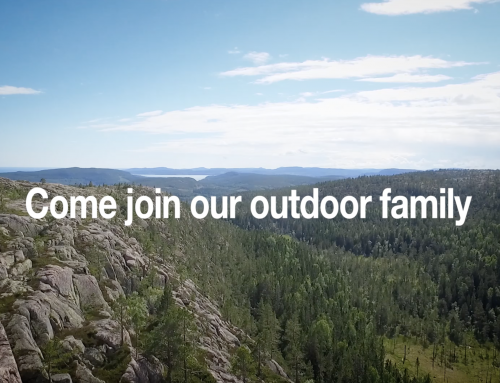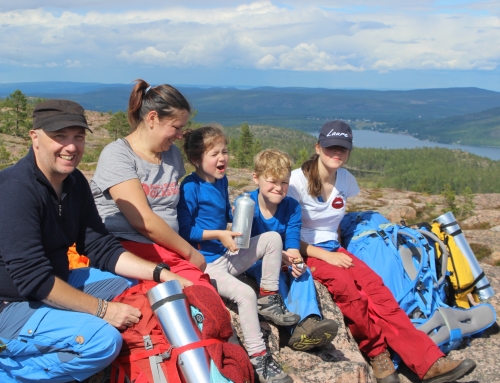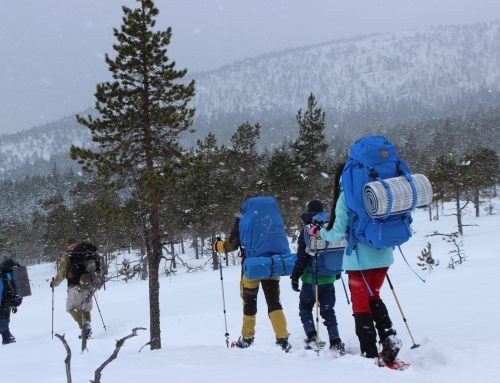- Cheap is rarely good
Like everything, it is the same with outdoor equipment. Cheap is rarely good. There are a few exceptions, but usually the rule is that a certain quality also comes with a price tag. Usually at first you feel very proud that you have been able to save euros… until you use it. I still remember my snow shop that I bought somewhere for a fraction of the normal price and was in pieces the first time I used it. And there you are…
See your outdoor gear as an investment that will last for years if you take good care of it. And it usually ends in spending more money if you bought something cheap.
So save yourself time and money and buy the right thing all at once. - Buy a system
That handsome shirt can look perfect with that T-shirt, but if it doesn’t match, it is useless for outdoor use. For example, a shirt that releases moisture very easily and a shirt over it that does not transport that moisture further outside is of no use to you.
So always buy clothes that match each other. Not necessarily in terms of color, but in terms of functionality - Know what you’re buying
Make sure you know the conditions of the place you are going. To put it to the extreme, you need different clothing in the desert than in the cold north.
If you don’t know what to expect, you can’t adjust your equipment accordingly. Maybe you don’t need that expensive down jacket at all… - Buy clothes that you can use in multiple seasons
For example, since good hiking pants can easily cost around €200, it is a bonus if you can use them in multiple seasons.. That’s why we also like to buy merino wool shirts. These are fresh in summer and warm in winter. It all costs enough money. So the more you can use it, the better. - Layers
This also brings us to the next point. Buy clothes that you can use in different layers. A super insulating thick ski jacket is fantastically warm, but can only be used in the cold winter. As soon as it gets a little warmer you sweat like crazy. That’s why it’s better to buy clothes that you can wear in layers. For example, a sturdy rain jacket with a down jacket underneath in winter and then a sweater and a base layer when it is really cold. If it is a bit warmer or the weather is good, you can easily leave out a layer. If it is cold, add a layer. Don’t forget to align all the layers - Waterproof doesn’t hurt anyone
Although every person is waterproof, it is still nice to have good waterproof clothing. Even if you leave in good weather you never know what will happen next. And waterproof clothing can do so much more than just keep out the rain. It prevents hypothermia and is also windproof. Too many benefits not to include. - Lightweight is one thing, comfort is another
Although we don’t want to carry excess weight, we should always keep our comfort in mind. What are we with a little weight less, but cold during our breaks? Resulting in poor recovery. So be sure to think about what you take with you and the weight of your backpack, but keep your comfort (and also your safety) in mind. Better a little heavier and comfortable (and safe)See you out there!





